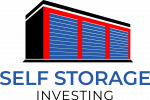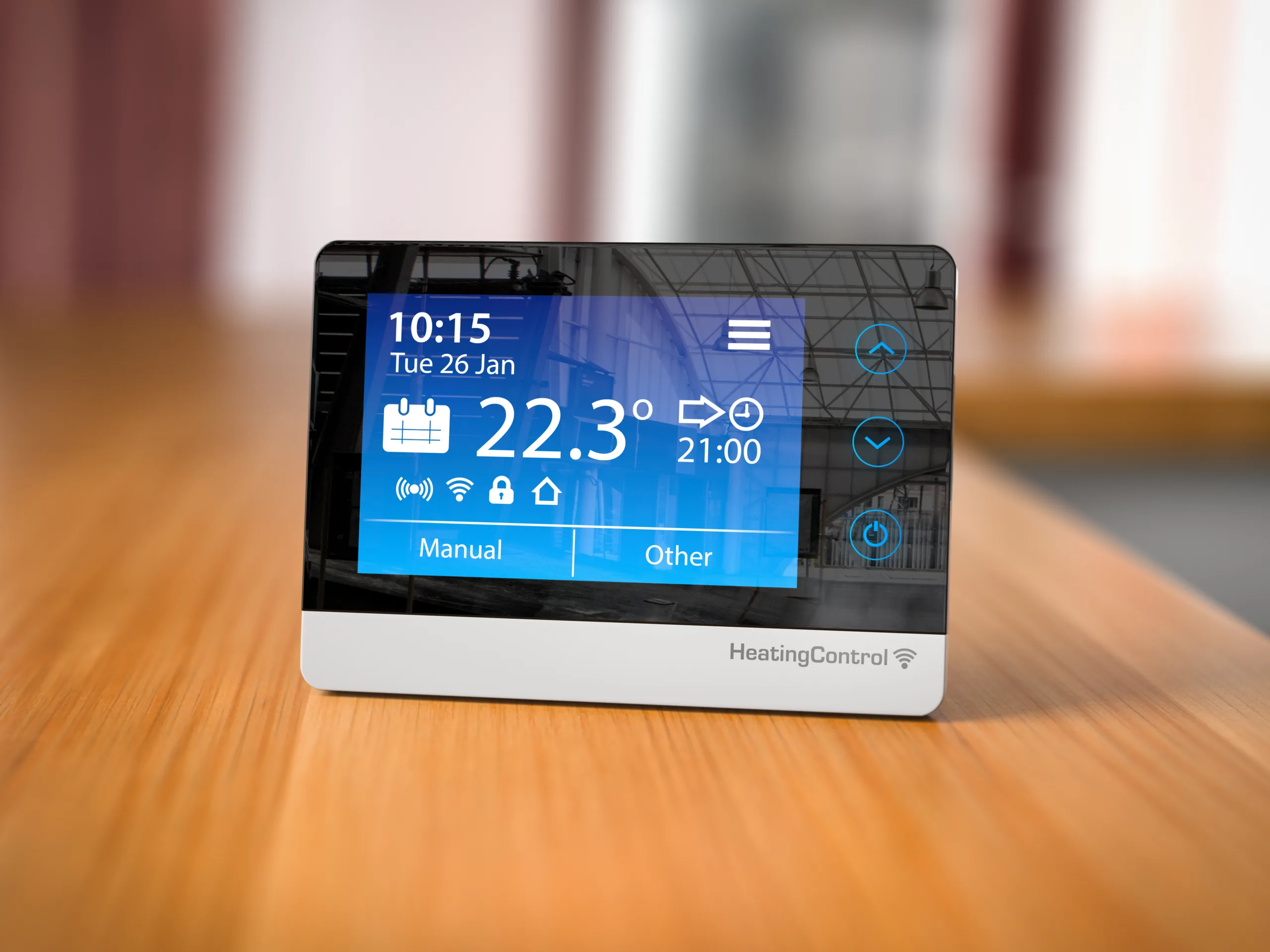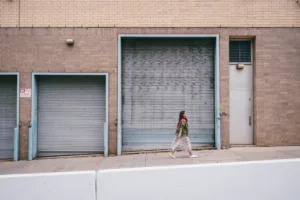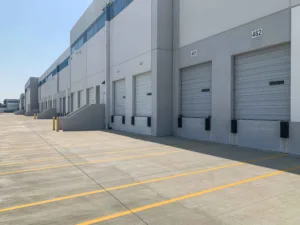You’ve been looking for new ways to invest your money and generate solid returns. The self-storage industry has caught your eye, with its steady growth and recession-proof nature. But now you’re wondering, should you take the plunge into climate-controlled storage? The demand for temperature and humidity-regulated units has skyrocketed as customers increasingly store valuable items like electronics, art, and wine. While climate control means higher costs and more complex operations, it also means the ability to charge premium rates and attract customers with few other options. If you’re willing to invest in the technology and expertise required to get climate-controlled storage right, the rewards could be well worth the risks. The question is, are you up for the challenge?
The Growing Popularity of Temperature-Regulated Storage
The demand for climate-controlled storage units is on the rise. More and more, people want to keep their belongings in a regulated environment that protects against extreme temperatures and humidity. If you’re looking to invest in self storage, climate-controlled facilities may be worth considering.
- Urban living means less space. As cities become more populated and living spaces shrink, the need for extra storage increases. Climate-controlled units allow city dwellers to store belongings that won’t fare well in non-regulated units.
- Protecting valuables. For many, self storage means storing precious belongings like antiques, art, electronics, or documents. Climate control helps create an optimal environment to prevent damage from heat, cold, or moisture.
- Accommodating specialty items. Some renters need storage for wine, art, or other collectibles that require specific temperature and humidity conditions. Climate-controlled facilities can cater to these niche needs with solutions like wine storage or museum-grade units.
While climate-controlled storage does come at a premium, the demand is there to support the added investment. If you do opt for temperature-regulated units, be sure to market the benefits to attract customers willing to pay more for this specialized service. The popularity of compact living and the desire to keep belongings in pristine condition means the demand for climate-controlled storage is only going up. For self storage owners and investors, it may be worth riding this growing trend.
Assessing the Market Potential for Climate-Controlled Units
The demand for climate-controlled storage units has been steadily rising over the past decade. According to industry reports, the global climate-controlled self storage market size is projected to reach several million USD by 2030. This increasing popularity means investing in climate control could significantly reduce your financial risk as an owner and attract more customers.
- Historically, climate-controlled units have commanded much higher rental rates, with an average 10.6% year-over-year increase. The premium pricing of these units, combined with high occupancy rates, results in strong cash flow and high returns on investment.
- The climate-controlled storage sector has a growing market size and upward trend. Industry studies predict the market will continue expanding over the next several years. Tapping into this growth market now by adding climate control could position you to benefit from increasing demand and locked-in rental rates over the lifetime of your units.
- While the initial capital costs of installing and operating climate control systems are higher, the potential rewards of investing in this niche seem to outweigh the risks. For self storage owners looking to future-proof their business and gain a competitive advantage, climate-controlled units may be worth serious consideration. The key is conducting thorough market research for your specific location to determine if the local demand and premium pricing justify the added investment.
If the signs point to a strong, underserved market for climate-controlled storage in your area, taking the plunge could be a strategic move that pays off substantially in the long run. The rising popularity of temperature and humidity-controlled units suggests this niche is poised for continued growth, and early adopters may find themselves at the forefront of an increasingly lucrative sector.
Understanding the Costs: Initial Investment and Ongoing Expenses
Initial Investment
So, how much does it cost to start a self storage unit business with climate control options? The initial costs to install climate control in a self-storage facility are significant. You’ll need to invest in HVAC systems, like heat pumps, cooling towers, and generators to properly regulate temperature and humidity. These systems typically require professional installation and can cost between $20,000 to $200,000 or more for a large storage facility.
- HVAC systems: Central air conditioning and heating systems to control climate. Can cost $3,000-$50,000 per unit.
- Heat pumps: Move heat from one area to another to efficiently heat and cool spaces. Around $5,000-$20,000 per unit.
- Cooling towers: Lower the temperature of circulating water used in HVAC systems. $10,000-$100,000 depending on size.
- Generators: Provide backup power for HVAC systems in case of power outages. $5,000-$50,000.
Ongoing Costs
In addition to the initial investment, you’ll face ongoing costs to operate and maintain the climate control systems. These include:
- Energy usage: HVAC systems require a significant amount of electricity to run, costing $200-$2,000 per month depending on the size of the facility.
- Repairs and maintenance: Routine servicing of HVAC components and any necessary repairs, around $500-$5,000 per year.
- System upgrades: Eventually, HVAC systems need replacement, costing $10,000-$100,000 every 10-15 years.
While climate control does come with higher costs, for the right investor and location, the increased demand and rental rates for temperature-regulated units can produce good returns over the long run. The key is finding the right balance of investing in high-quality, energy-efficient systems and passing some costs onto tenants through higher rental fees. With sound financial planning, climate-controlled storage may well be worth the investment.
Evaluating the Returns: Income and Profits From Climate-Controlled Storage
When evaluating the potential returns from investing in climate-controlled storage, income and profits are key factors to consider.
Higher Rental Rates
Climate-controlled units typically command 10-30% higher rental rates compared to non-climate-controlled units. The increased demand for temperature and humidity regulation allows facility owners to charge a premium. With higher rental income, the return on investment for climate-controlled storage can be significantly greater.
Lower Vacancy Rates
Climate-controlled storage facilities generally experience lower vacancy rates, typically 5% or less. The specialized units are in high demand, especially in areas with extreme weather conditions. More consistent occupancy means steadier cash flow and income for investors.
Expanded Customer Base
Temperature-regulated storage appeals to a wider range of customers with valuable items like antiques, art, electronics, and documents that require protection from the elements. This expanded customer base creates more opportunities to maximize occupancy and revenue.
Higher Resale Value
If you decide to sell a climate-controlled storage facility, you can expect a significantly higher resale value, often 20-40% more than a traditional storage property. The specialized infrastructure and proven demand will attract competitive bids from knowledgeable buyers.
While climate-controlled storage does come with higher upfront costs to install and operate, the potential rewards to your bottom line and long-term investment can make the added expenses worthwhile. For investors looking to capitalize on the growing self-storage market, climate-control may be the key to unlocking greater returns.
Determining if Climate-Control Fits Your Investment Strategy
Assessing the Demand
The demand for climate-controlled storage has been steadily rising over the past decade. Customers increasingly want to protect valuable items like electronics, furniture, art, and documents from extreme temperatures. If you’re in an area with very hot summers or cold winters, the demand for climate control may be even higher.
Do some research on the self-storage market in your area to determine the level of interest in climate-controlled units. Check how many competitors offer climate-controlled storage and their occupancy rates. You may find that climate-controlled facilities have higher occupancy and can charge premium rates. This indicates strong demand and the potential for good returns on your investment.
Understanding the Costs
While climate-controlled storage may be in demand, it often comes with higher costs to build and operate. Installing and running HVAC systems requires significant capital and energy usage. Construction costs are also typically 10-15% higher for climate-controlled facilities.
Consider if the potential benefits of higher rental rates and occupancy outweigh these added costs. The profitability of your investment will depend on maintaining high occupancy of climate-controlled units, especially in the first few years as you pay off construction costs. If costs are too high in your market, climate control may not align with your investment goals.
Determining if It’s Right For You
Whether climate-controlled storage is worth the investment for you comes down to your financial situation and risk tolerance. Some factors to weigh:
- Do you have enough capital to take on higher upfront costs?
- Are you comfortable with a longer break-even period?
- Can you charge premium rates for climate-control in your market?
- Does climate-control match your investment strategy and timeline?
If you have patience for longer-term investment and believe in the growth of climate-controlled storage demand, the rewards may well be worth the risks. But make sure to go in with realistic expectations about costs and understand it may take time to become highly profitable. For some, a more traditional self-storage investment may be a better place to start.
Conclusion
So there you have it. Climate-controlled storage may be the wave of the future, but only you can decide if riding that wave aligns with your investment strategy. While demand is increasing and customers are willing to pay a premium, the additional costs are not insignificant. If maximizing profits is your top priority, the numbers would suggest sticking with traditional storage. But if you want to offer the latest amenities and stay ahead of trends, climate control could be your competitive advantage. The choice comes down to your goals and risk tolerance. If the reward of tapping into this growth market outweighs the risks of higher costs and complexity, climate-controlled storage could be a win for your bottom line and your customers. The demand is there, the question is whether you’re ready to meet it.





